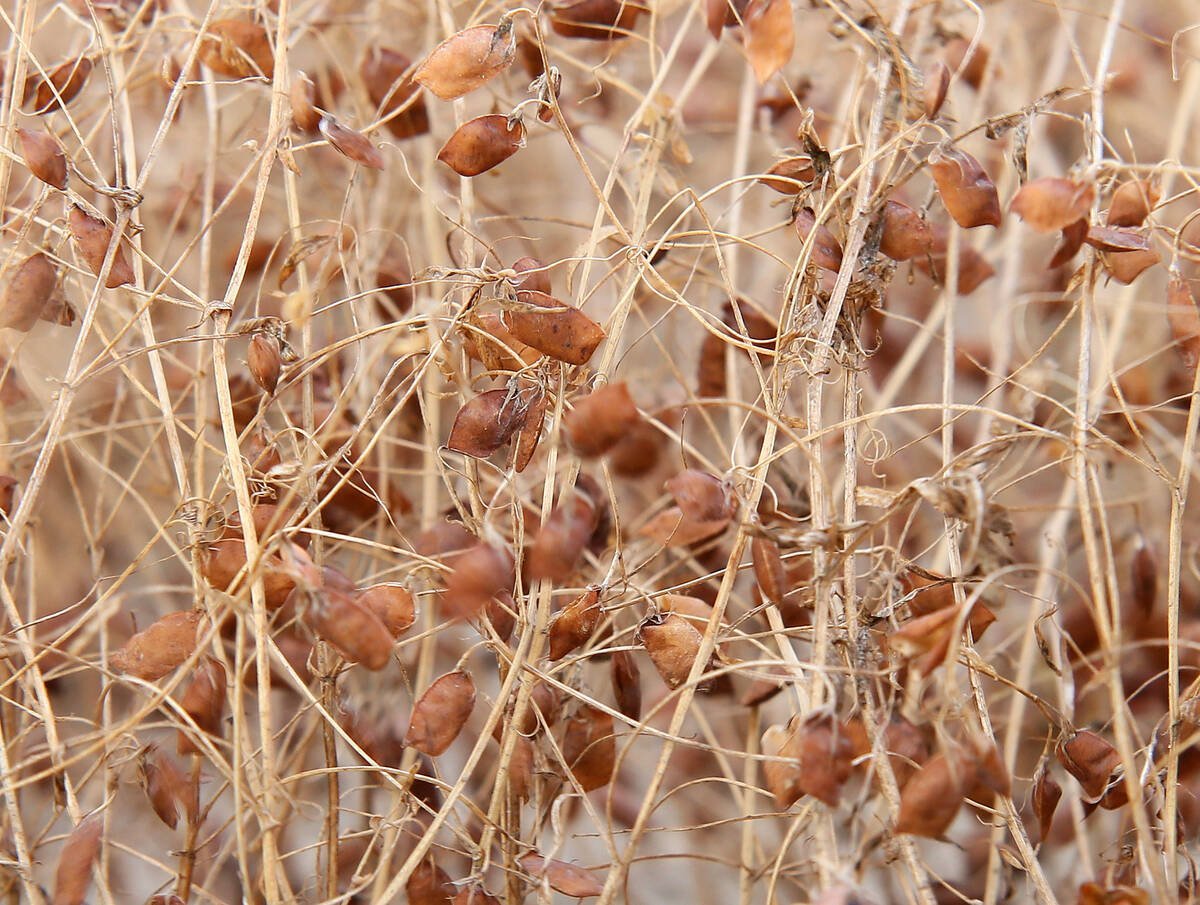Sunflowers may not seem as sexy as soybeans this spring, but seed sellers hope prairie producers don’t spurn the crop.
“If you are fortunate enough to have a good crop, I think the returns will be tremendous,” said Tim Petry, field production manager for Dahlgren and Co., a contractor and processor of sunflowers in Crookston, Minnesota.
“Everybody is planting more soybeans, but maybe that makes sunflowers an attractive product.”
Sunflowers and soybeans can be grown on many of the same acres in northern plains U.S. states and in the Red River Valley of Manitoba. Some producers west of the valley are also considering growing soybeans rather than sunflowers because of strong soybean prices this spring.
Read Also

Europe holds promise for Canadian lentils
Pulse Canada is trying to help boost lentil consumption in Europe, which is already the fourth largest market.
A few months ago soybeans were looking like a much more lucrative crop, but sunflower prices have been quietly rising to a profitable level.
Mike Marion of Sabourin Seed Service in St. Jean Baptiste, Man., said his company has bumped up its contract price for 2004 confectionary sunflowers from 19 cents per pound in January to 23 cents today.
Sunflower marketers say producers who can grow 1,400 lb. of sunflower seeds per acre can make a reasonable return at 18-20 cents per lb. on confectionary sunflowers.
Confectionary sunflower seed in the bin can be sold for about 25 cents per lb. Old-crop oilseed sunflower seed can be sold for 16.5-17 cents per lb. and some companies are offering new-crop contract prices of 14-16 cents.
Grant Fehr of Keystone Grain in Winkler, Man., said sunflowers and soybeans are going toe to toe for acres in the Winnipeg and Beausejour areas this spring, but he doubts sunflowers will get pushed out of the market now or in the future.
Strong soybean prices are not likely to last for many years, and sunflowers are better adapted to the Canadian Prairies.
“Unless the varieties (of soybeans) really improve up north here, it’s going to be tough to grow,” said Fehr.
“Prices are untraditionally high now and soybeans need a rain in August.”
Sunflowers have been popular because the crop is relatively drought tolerant. This year the Red River Valley has adequate moisture, so there is little drought fear driving producers to back away from soybeans.
But in eastern Saskatchewan and southwestern Manitoba, poor soil moisture is pushing producers back toward sunflowers, Marion said.
“Interest has really picked up,” said Marion. “I’m not having trouble selling sunflower seed.”
Petry hopes the worldwide rush to grow more soybeans to cash in on high world prices will return some of the sunflower market to Canadian prairie producers.
South American and Chinese farmers are likely to try to plant more soybeans in the next year, so that should cut down on competition, he said.
With soybeans also attracting North American farmers, sunflower acres are unlikely to rise. The United States Department of Agriculture predicted March 31 that American growers would plant about 2.09 million acres of sunflowers this spring.
Most Canadian sunflower growers produce confectionary varieties, but in the U.S. oilseed varieties are more popular. This spring USDA expects American farmers to plant about 1.8 million acres of oilseed sunflowers and 291,000 acres of confectionary varieties.
Petry said sunflower growers this summer should benefit from an unusual phenomenon: reduced acreage following high prices.
“We’re not going to overplant for the market’s needs,” said Petry.
“It looks like a very healthy, strong market now.”















